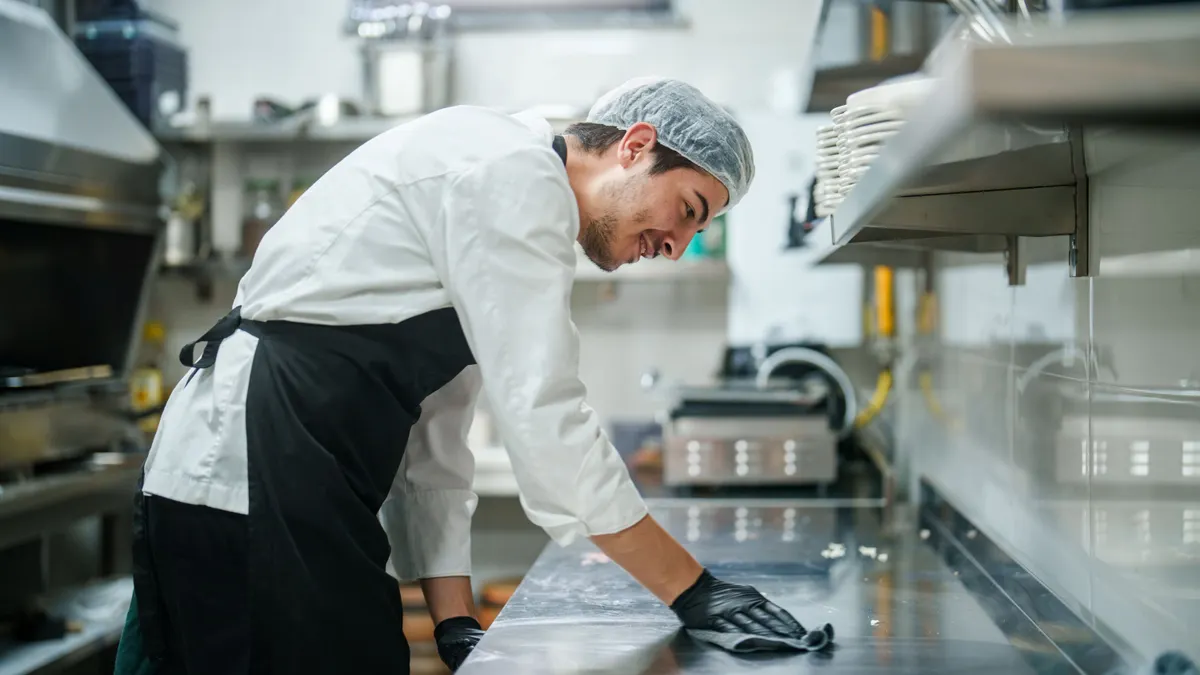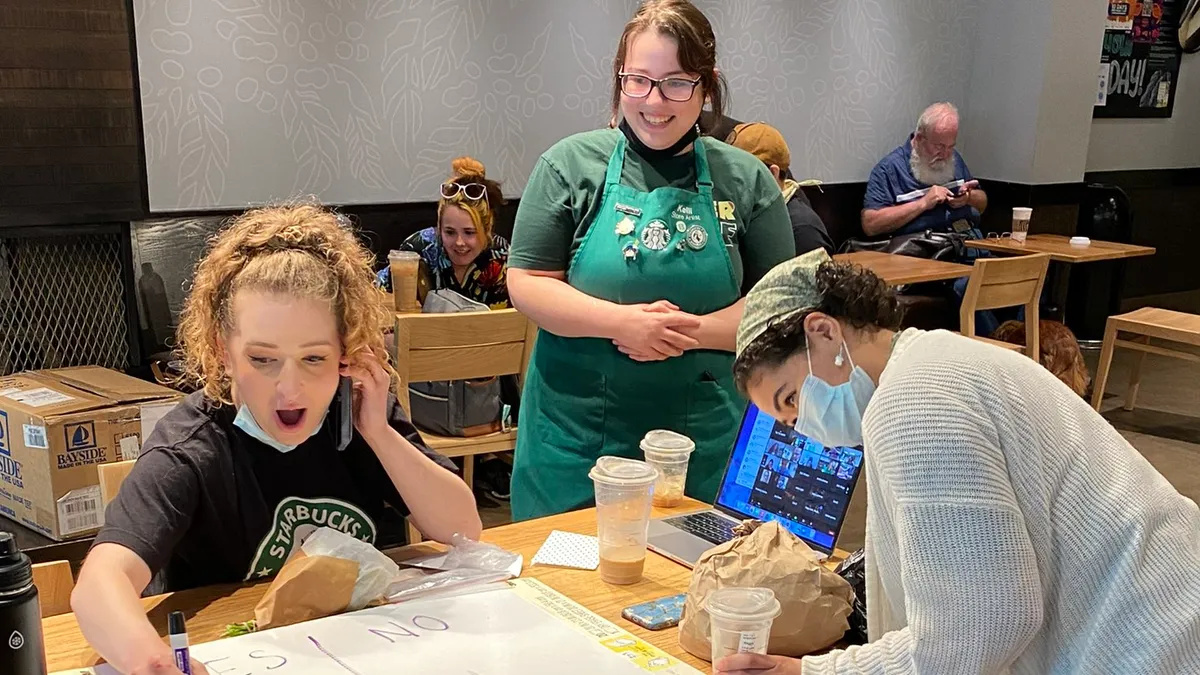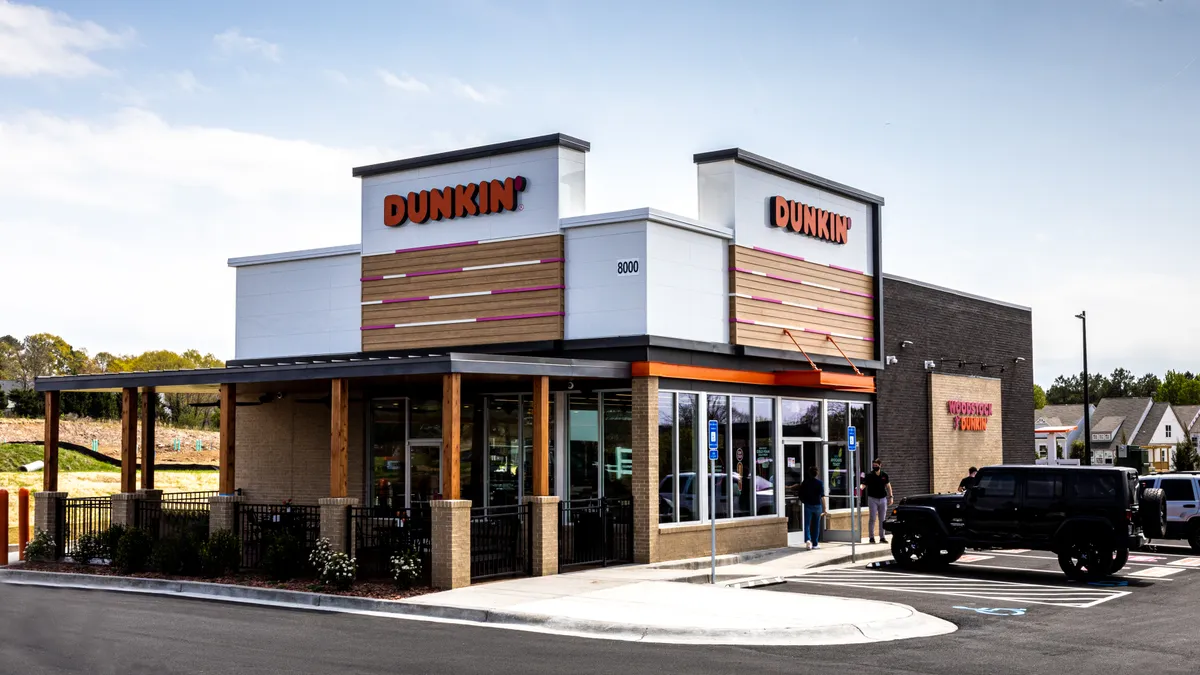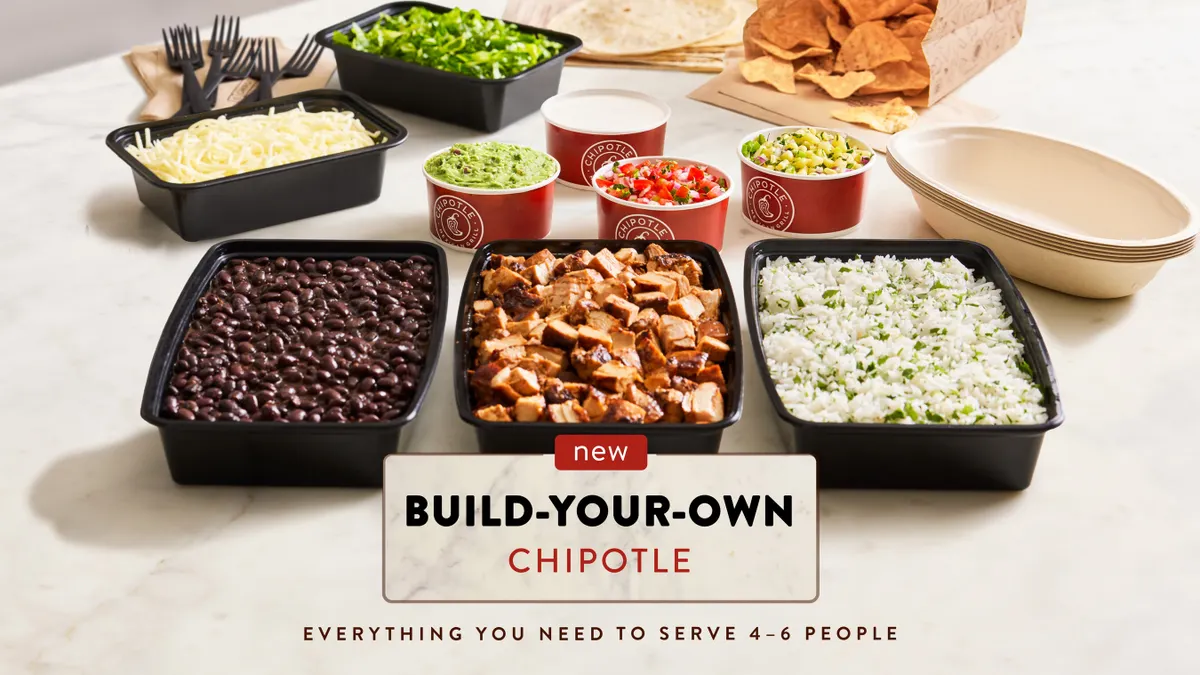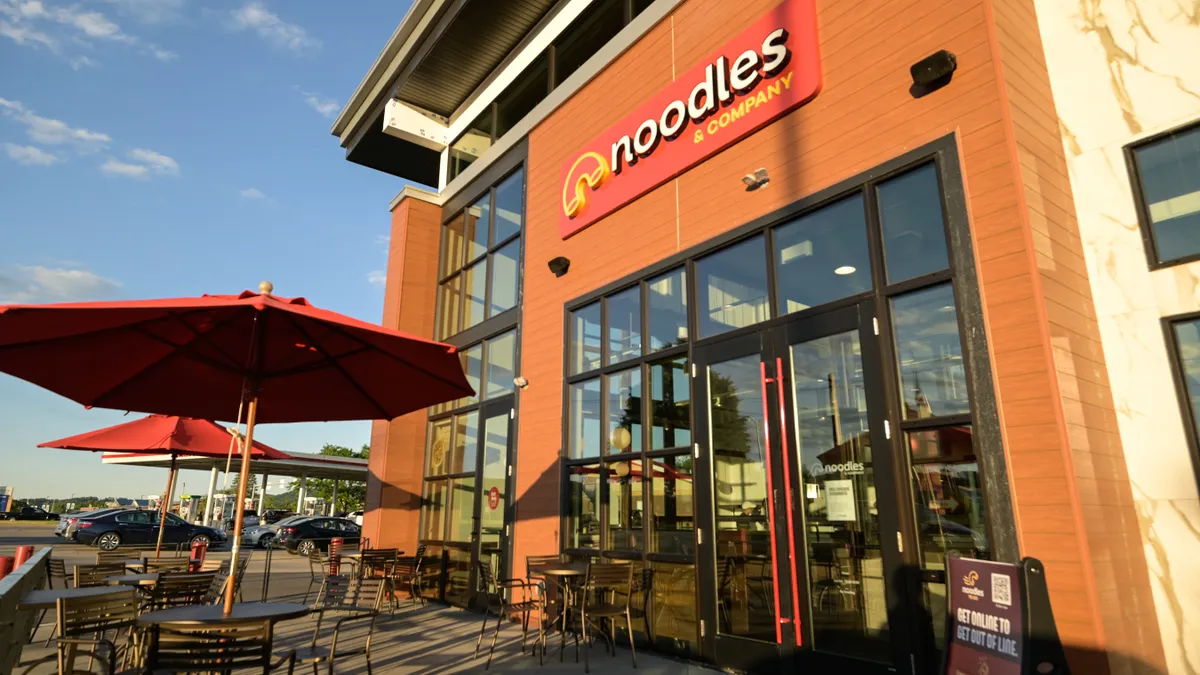The following is a guest post written by Hal King, managing partner at Active Food Safety and founder/CEO of Public Health Innovations. He is also a former director of food and product safety for Chick-fil-A.
The restaurant business is notoriously difficult. Razor thin margins and dozens of different costs and factors drive about 80% of restaurants to fail within five years of opening. While the uncertain economic outlook and changing consumer habits pose additional challenges in the near term, there is one area where restaurants can step up and protect themselves from significant financial losses: raising their food safety standards.
Despite the significant health and financial risks, the number of annual foodborne disease outbreaks caused by the retail foodservice industry has been stubbornly constant over the past 15 years. The most current data in the United States from the Centers for Disease Control and Prevention via its Beam Dashboard (using National Outbreak Reporting System data), shows that in 2023, retail foodservice establishments caused 307 outbreaks, 4,429 illnesses and seven deaths. This represented more than 50% of the total number of 593 foodborne disease outbreaks from all settings in the U.S. When you compare these numbers with data from 2009, the first year that CDC began reporting outbreaks via NORS, there has been no real change.
As funding cuts and staffing shortages affect essential health agencies like the Food and Drug Administration, Environmental Protection Agency, and the Department of Health and Human Services, the responsibility for food safety is increasingly falling into the hands of those who operate restaurants, cafeterias and other foodservice establishments. As those responsible for public health, we must do more to continuously improve on the governance of food safety risk in the foodservice industry in order to affect lower foodborne disease outbreaks and illnesses.
Recent headlines have highlighted food safety lapses at farms and processing plants, but a significant — and often overlooked — risk exists much closer to the consumer: at the point of service. According to the National Institutes of Health, more than half of all foodborne illness outbreaks reported to the CDC are linked to food prepared at restaurants or delis. These incidents don’t just cost lives; they cost the U.S. economy more than $15 billion annually.
At the center of this problem is Norovirus, the leading cause of foodborne illness in the United States. Transmitted primarily by infected food workers touching ready-to-eat foods, the virus thrives in the exact places where foodservice businesses should — and can — have the most control: restaurants, cafeterias and other environments where food is prepared and served.
This isn’t just about scary statistics. It’s a wake-up call for food operators to take stronger ownership of the hygiene standards in their establishments. Cleanliness isn’t a background detail anymore — it’s a key driver of customer trust. In fact, studies show that restaurant patrons may value cleanliness more than they do in hospitals or hotels. Three out of four say they won’t return to a restaurant if it has negative cleanliness reviews.
Operators who ignore these expectations do so at their own risk. Beyond the obvious health risks, foodborne illness outbreaks can be financially and reputationally devastating. But there’s a silver lining: preventing contamination at the point of service and keeping customers safe does not require restaurant operators to reinvent the wheel or deploy complicated new technology, but it does demand accountability, trust and leadership.
A few key pointers:
- Recognize hygiene as a core business responsibility: Don’t leave cleaning to chance. Make it part of staff routines with scheduled sanitation protocols and visible accountability.
- Prioritize high-touch sanitation: Clean and disinfect high-contact surfaces with EPA-approved, food-contact surface-safe products. Pre-moistened or single-use wipes can reduce cross-contamination and are generally considered more hygienic, convenient and efficient than traditional rags and buckets for cleaning and sanitizing.
- Support sick employees: Encourage staff to stay home when they’re ill without fear of losing income. A single sick worker can put dozens — or even hundreds — of customers at risk.
- Plan ahead: Secure reliable sources for sanitation supplies to prevent disruptions that could compromise hygiene standards.
As the regulatory safety net becomes thinner, food operators must rise to the challenge — not just to meet compliance requirements, but to become leaders in public health. In an industry where one incident can change everything, clean operations are no longer optional. They are essential.
We are entering a new era of food safety, one in which vigilance at the point of service could make all the difference. The opportunity is there — not just to protect customers, but to elevate the standards of the entire industry. The time for hygiene leadership is now.


